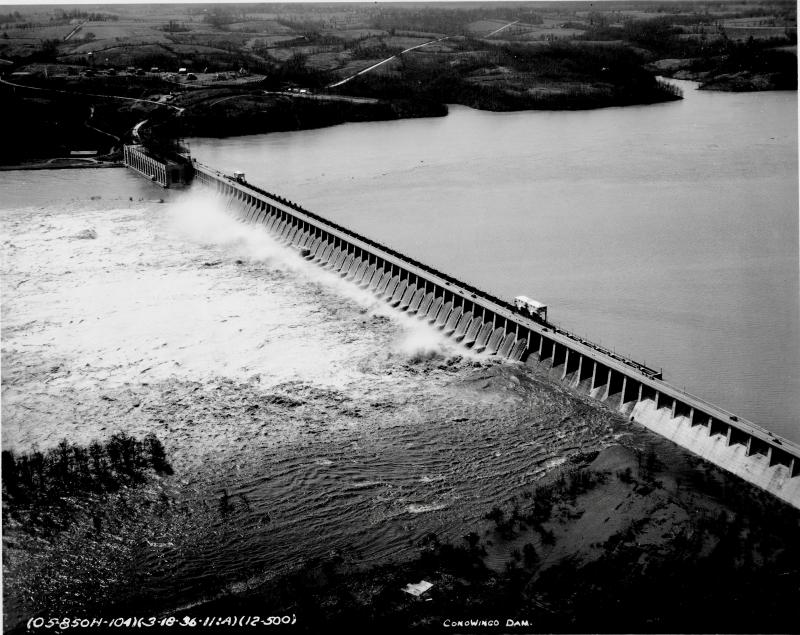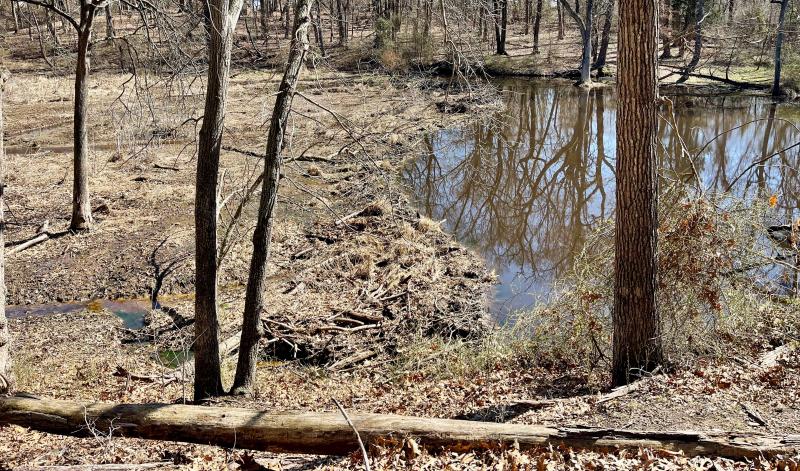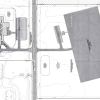As winter shifts to spring, considering similarities between a beaver dam and Conowingo dam
“That beaver dam is a lot like the Conowingo dam.”
Raymond took exception to my statement.
“Not really,” he said.
I’m pretty sure he was referring to magnitude and purpose and maybe the fact that the contractors for the Conowingo Dam walked on two legs as opposed to the flat- and slapping- tailed contractors for the beaver dam who walk, and swim, with four legs.
A scientist by trade and temperament, Raym sees the world through a finer lens than I do. He’s also one who savors a good argument and rarely allows a questionable statement to go unchallenged.
Me, I’m kind of like those powerful, radio-beam transmitters sending linear-patterned signals out into deep space to see whether they rouse any interest from whatever other creatures are out there: spiritual, physical or something altogether different that we haven’t yet witnessed or conceived.
I just toss out statements without a whole lot of pre thought to see what kind of response they might elicit.
The conversation started this week around a table at the Bluebird tavern, just beyond the edges of Washington College’s campus in Chestertown. I mention the college just to add a sense of erudition to this meeting in the final days of the winter of ‘21-’22. A few of us reconnoitered at the Bluebird to discuss an afternoon hike to look for deer antler sheds on an upper shore farm. We also planned to look for turkey signs - opening day is April 18 - and between all that searching allow the oxygenated conversation to lead us to a variety of possible solutions for the woes currently wobbling our world.
Raym mentioned this year marks the 50th anniversary of Hurricane Agnes. Tracking up the Chesapeake in June of 1972, Agnes dumped torrents of rain throughout the Susquehanna River valley. Disregarding the massive concrete hydroelectric dam at Conowingo, the hurricane sent unspeakable volumes of fresh water and all manner of natural and manmade debris into the Bay. The environmental impact, including the killing off of significant quantities of oysters unable to withstand the freshwater onslaught, continues to be felt decades later.
There were a few contestable statements in that phase of our discussion. I considered taking them to a group of guys seated a few tables away but when I saw they were playing liars’ poker while waiting for their lunch, I figured their input wasn’t to be trusted.
When Raym mentioned the historic proportions of Agnes and its 50th anniversary, that piqued Erik’s interest. He’s involved in Kent County history. Raym thinks some sort of documentary or official reflection might be in order. Could be that’s where the college could come into play. You see how that erudition can seep into a casual conversation at a bar in an osmosis kind of way? This may be the germ of a good project.
There was a time when the Conowingo Dam was considered a trap for nutrient-loaded sediment and pollution making its way down the Susquehanna River from Pennsylvania and New York. In the early decades after its completion in 1928 for the Philadelphia Electric Company, the dam did play that dual role. But now, nearly 100 years later, it’s generally conceded there is little capacity left behind the dam for more sediment. While there is concern about how much of the continuing flow of sediment, and its nutrients and pollutants, will start jeopardizing the Chesapeake Bay’s health, the prospect of dredging out what has accumulated over the decades is considered too expensive to be feasible. Rather, state and federal officials agree that reducing the upstream flow of sediment, nutrients and other pollutants into the Susquehanna would be a wiser use of funds. The conundrum of course is how to equitably divide up the costs of such measures between the states involved in the Chesapeake watershed.
That’s what we were talking about when we tramped our way up and down several ridges in a beech woods that eventually revealed a dam built by beavers across a stream that feeds the creek we followed.
I’m pretty sure the beavers didn’t have lengthy committee meetings and interminable discussions before deciding to start chewing the trunks of trees and felling them to block the stream and create a pond for their families.
Other than that, I think there’s lots of similarities between the beaver dam and the Conowingo dam.























































